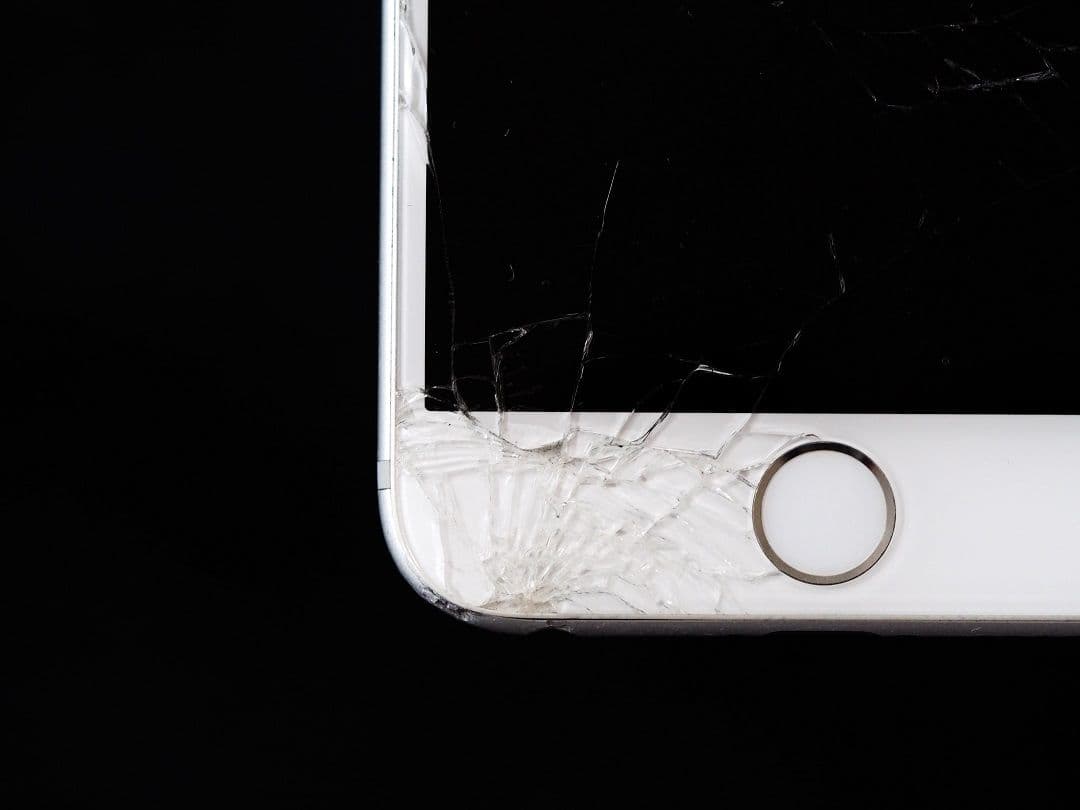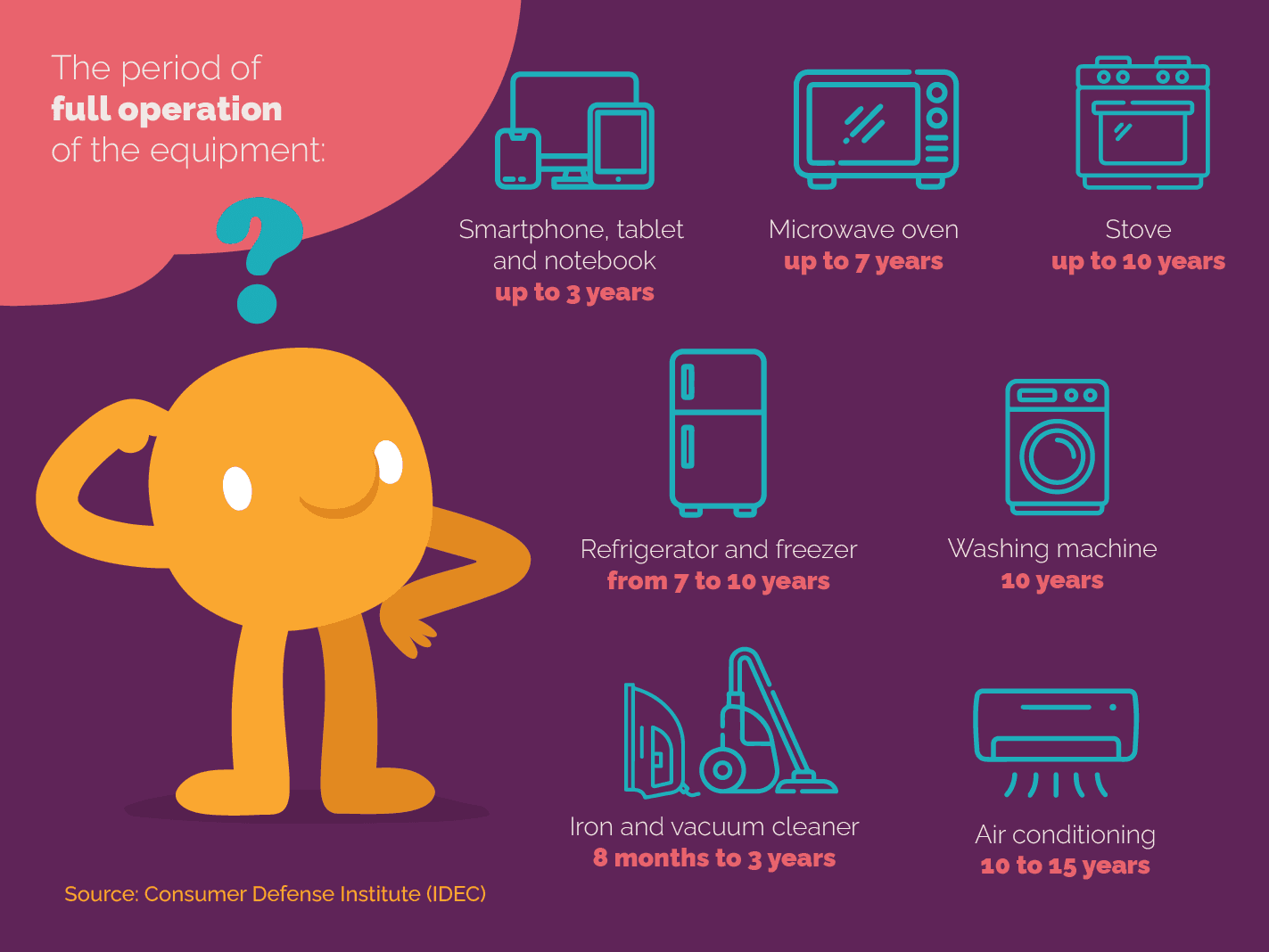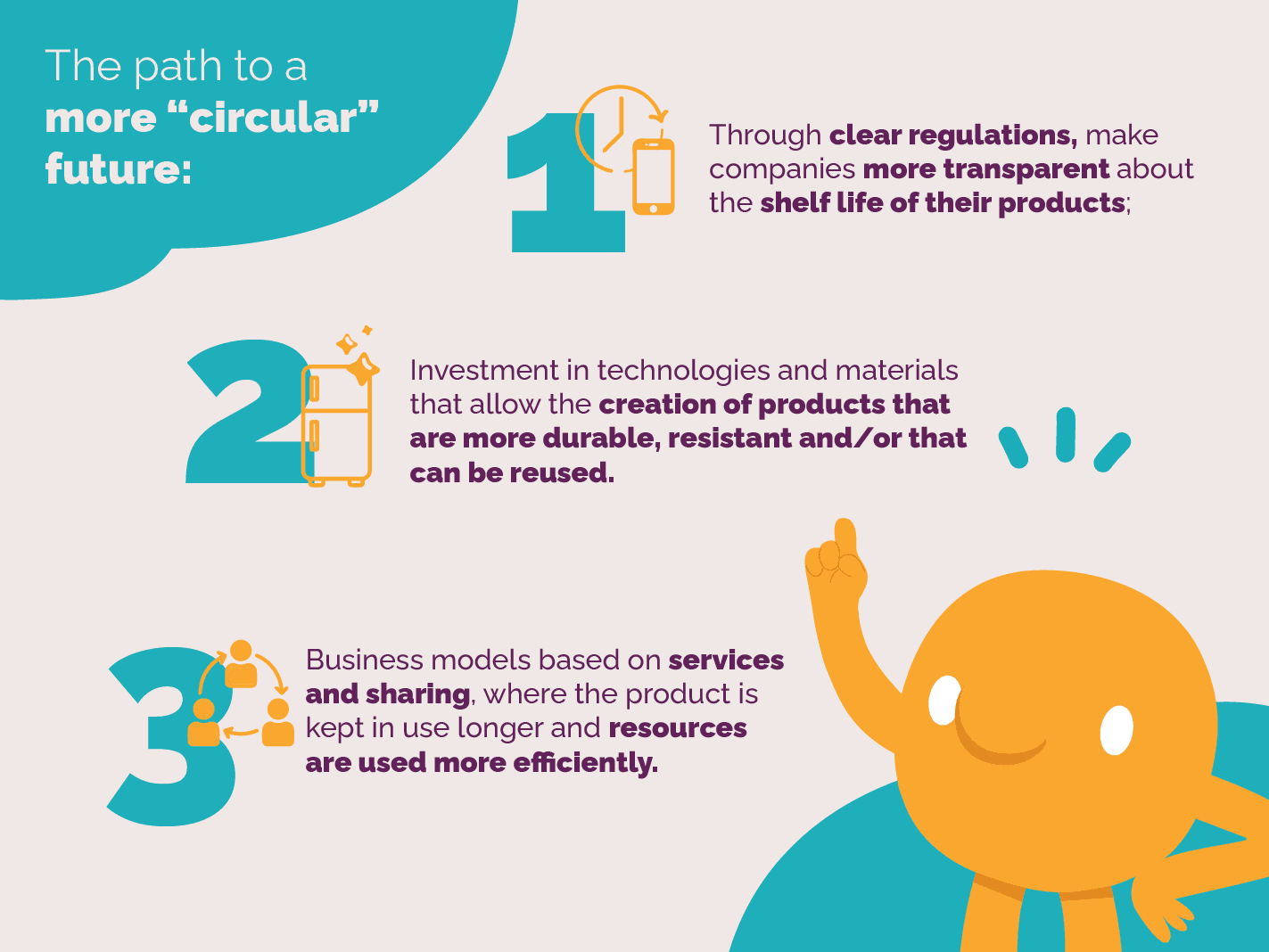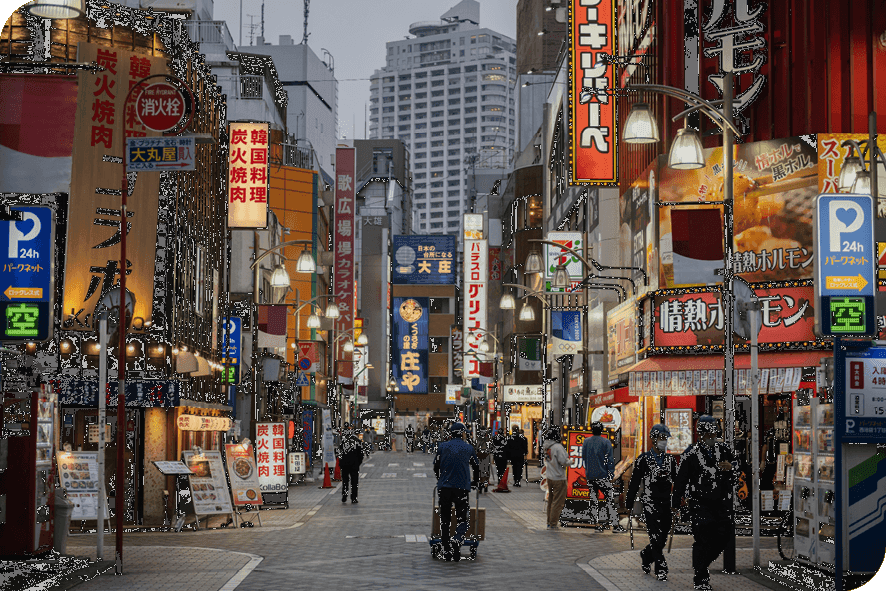
25/04/2023
Equipment programmed to age… and turn to trash
By Wladmir Paulino, special for Circular Movement
The term "planned obsolescence" (PO) may sound complicated, but it's something many of us are familiar with on a daily basis. It is the phenomenon in which a product is carefully designed to last, or be functional, for a certain period, leading the consumers to purchase a new one. This format further goes against Circular Economy’s proposal, an economic model that has as one of its goals to reduce waste and extend the useful life of products.
Built-in, or planned obsolescence is the basis of almost everything around us, from electronics to furniture, and appliances. After all, who has never had to deal with the already “classic” situation of, for example, buying a smartphone and after about three years it starts crashing? Or even some phone app that can no longer be updated? Soon after, someone comes and says that your device is "old". Chronologically it is not, but it was designed to have a limited lifespan, leading to the purchase of a newer model.

“Planned obsolescence is when, behind the production of any item, be it a chair, a car, or a washing machine, you already put durability as a variable so that this product can be bought many times, and that the market offers the consumer the possibility to carry on buying the same product continuously”, explains the doctor in physical geography and Circular Movement coordinator, Sueli Furlan.
Although the concern with sustainability and the popularization of Circular Economy precepts are relatively recent, historians point to the first records of Planned Obsolescence (PO) as a solution to the economic crisis. In this case, the crash of the New York Stock Exchange in 1929, which caused shocks in the economy of much of the world.
Upon resurgence, the market created mechanisms to protect itself from similar situations and one of the ways out was to induce renewal of our day-to-day equipment at specific time intervals.
“Some say that it is a macroeconomic solution that benefits a society, which aims to avoid new economic crises, such as the one in 1929, and then continuously maintain active industrial production and consumption”, points out Professor Sueli.
However, this production strategy has consequences not only for the environment, but for the planet’s economies. A study by the Ellen MacArthur Foundation points out that the waste caused by Planned Obsolescence is around US$ 1 trillion per year. To offer a dimension of the value, it comes close to Brazil’s entire Gross Domestic Product (GDP), in 2022, which was US$ 1.6 trillion.

Consumption is a potentiating PO trigger
In addition to industry maneuvers, we have a second factor that drives PO: consumption. And this does not allow us to point the finger at the market, the factories, or any external factor. We are talking about each one of us..
For Sueli Furlan, the button to activate the PO is triggered by society all the time: “The consumer is really the one who activates obsolescence because he/she wants that aspect of novelty, innovation, and newer design. On the one hand, the industry wants the consumers to be always activated to change their products and, on the other hand, the consumer is also easily captured by the desire to always have the novelty, always the innovation, often without needing it”.
The point, however, is that we are already approaching a post-Crash '29 century. All this volume of materials with a date set that become unusable, unfortunately, tend to be incorrectly disposed of somewhere on the planet: land, water, or air. Added to this, there are the resources used to present revamped products, which are taken from nature.
According to Carolina Siqueira, from Gtech Soluções, a company specialized in the management and trade of electronic waste, computer waste and industrial leftovers, we need to be aware of the premature disposal of equipment. A United Nations Office on Drugs and Crime Report entitled "Waste Crime - Waste Risks: Gaps and Challenges in the Waste Sector, 2019, points out, for example, that 80% of electronic products are discarded before the end of their useful life.
“Environmental impacts are aggravated mainly when natural resources are used, many of them finite, to obtain new products, also generating greenhouse gas emissions”, warns Carolina Siqueira.
How to turn the key to Planned Obsolescence?
What should we do then? Circular Economy encourages us to think that today's old will be the raw material for tomorrow's new. The correct thing is, instead of throwing them away, put them back in the production chain. “This is an economic model that generates value by maximizing the lifespan of products, so it can be adopted in any sector”, evaluates Marcelo Souza, CEO of Indústria Fox, a company that works to create innovative, efficient, and more sustainable management solutions.
This maximization that he points out also depends a lot on a change in industry paradigms. Certain components need to be designed to meet their initial demand and, when the set of items that comprises them becomes obsolete, feed another chain.
"When a product is not designed to be reused or remanufactured, the difficulty of execution ends up being maximized. Where there could be a screw, there is solder, shielded integrated circuit boards, or restricted access to spare parts. This greatly hinders the remanufacturing and reuse process. The ideal thing would be for manufacturers to keep in mind, when designing the product, that it could be reused and remanufactured, as a few changes would make a big difference and make the process cheaper”, Marcelo points out.
Initiatives that, according to Carolina Siqueira, from Gtech Soluções, are available for the manufacturing sector. The technology available today ensures, manages to evaluate, separate, and recycle electronic waste, for example. What's more important is getting those parts to the right place. For her, it is essential that manufacturers and importers work with companies that value ESG (Environmental, Social and Corporate Governance).
"Reverse logistics is a way for the Circular Economy of electronics to be effective, but it is up to society to also play its role and dispose of its 'waste' correctly", Carolina ponders.

Such processes are already, little by little, part of the daily life of the new generations in the classrooms. Sueli Furlan points to the growth of the discussion on PO, including teaching methodologies created to put students in interaction with the Circular Economy.
“Current curricula in state and municipal schools already address issues related to planned obsolescence and there are many methodologies, such as didactics by projects, where students interact with the entire circularity, from the origin of products, from their industrial processing to consumption”, points out the teacher and ambassador of the Circular Movement.
New technologies can help
The scheduled end of parts and equipment being considered unhealthy for the planet also offers another, more sustainable face. Technologies, when they become old, often give rise to new ways of manufacturing and usage that release less CO2 into the atmosphere or consume less energy.
“Sometimes a way of producing items that no longer makes sense is left behind because you have more advanced, more up-to-date technology. For example, switching to equipment that consumes less energy, which pollutes less. So, there is a planned obsolescence for a new technology to solve problems”, concludes Sueli.
What is Circular Economy?
The Circular Economy proposes a new look at our way of producing, consuming, and disposing, in order to optimize the planet's resources and generate less and less waste. In other words, an alternative model to the Linear Economy - to extract, produce, use and discard - which has proved to be increasingly unsustainable throughout history.
In the Circular Economy, the goal is to keep materials in circulation longer by reusing them until nothing becomes waste! For this model to become a reality, we all have a role to play. It is a true collaborative circle, which feeds itself, and helps to regenerate the planet and our relations.
Learn about Circular Economy
If you are interested in learning more about this topic, visit Circular Academy , the first free Latin American course on circular economy aimed at general audiences. All of us, in partnership and collaboration, can make a difference in building a more circular planet.

